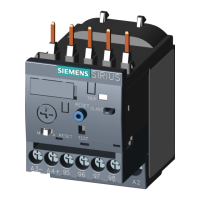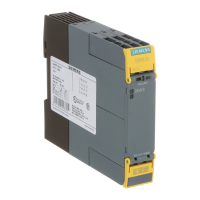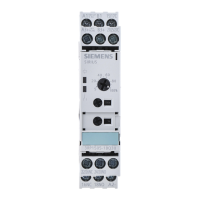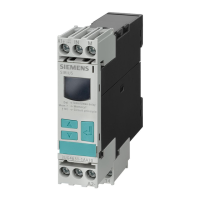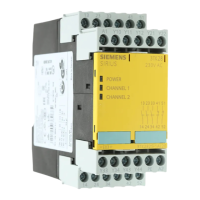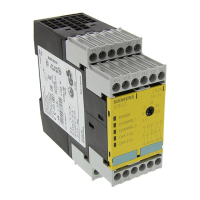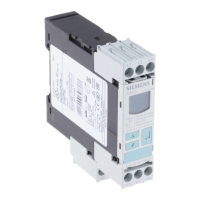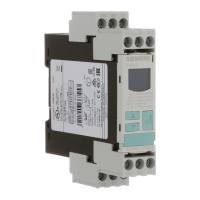General information
Configuring SIRIUS Innovations
12 Configuration Manual, 04/2010, A8E56203880102-02
Ambient conditions
A maximum ambient temperature of 60°C applies to all electromechanical controlgear, and
40°C to soft starters and solid-state contactors. Higher temperatures are possible with
derating. For details, refer to the System Manual or contact Technical Assistance.
A maximum installation height of 2000 m applies to electromechanical controlgear, and
1000 m to soft starters and solid-state contactors.
Higher installation altitudes are also possible with derating. For details refer to the
appropriate manuals.
Trip classes
CLASS 5, CLASS 10, CLASS 20, CLASS 30 and CLASS 40
Trip classes, according to IEC 60947-4-1, define the time intervals within which the
protection equipment (overload release of a motor starter protector or overload relay) must
trip from the cold state, for a symmetrical, three-phase load with a 7.2-fold set current
I
e
.
The tripping times are as follows:
● CLASS 5 and CLASS 10 between 2 s and 10 s,
● CLASS 20 between 4 s and 20 s,
● CLASS 30 between 9 s and 30 s,
● CLASS 40 between 30 s and 40 s.
120
100
50
20
10
5
2
1
50
20
10
5
2
1
2
5
10x
e
s
0,6
CLASS 30
25
20
15
10
CLASS 5
Tripping time
Tripping current (mean values)
min
In practice, devices with trip CLASS 5 and CLASS 10 are generally used. These devices are
designed for standard applications. CLASS 5 and CLASS 10 are often referred to as normal
starting.
Combinations for CLASS 20, CLASS 30 and CLASS 40 are available for applications where
a higher starting current is required for a prolonged period. In this case, using standard
devices of CLASS 5 and CLASS 10 would result in unwanted tripping. CLASS 20, CLASS 30
and CLASS 40 are also known as heavy starting devices. Large fan motors are an example
of this type of application.
As well as the overload protection devices, the contactors and short-circuit protection
devices must also be designed for these long starting times. This is why combinations acc.
to CLASS 5 and CLASS 10 are generally more cost-effective. CLASS 20, CLASS 30 and
CLASS 40 are only generally used if genuinely necessitated by the application.
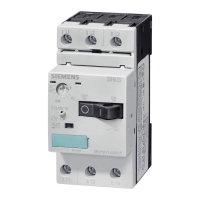
